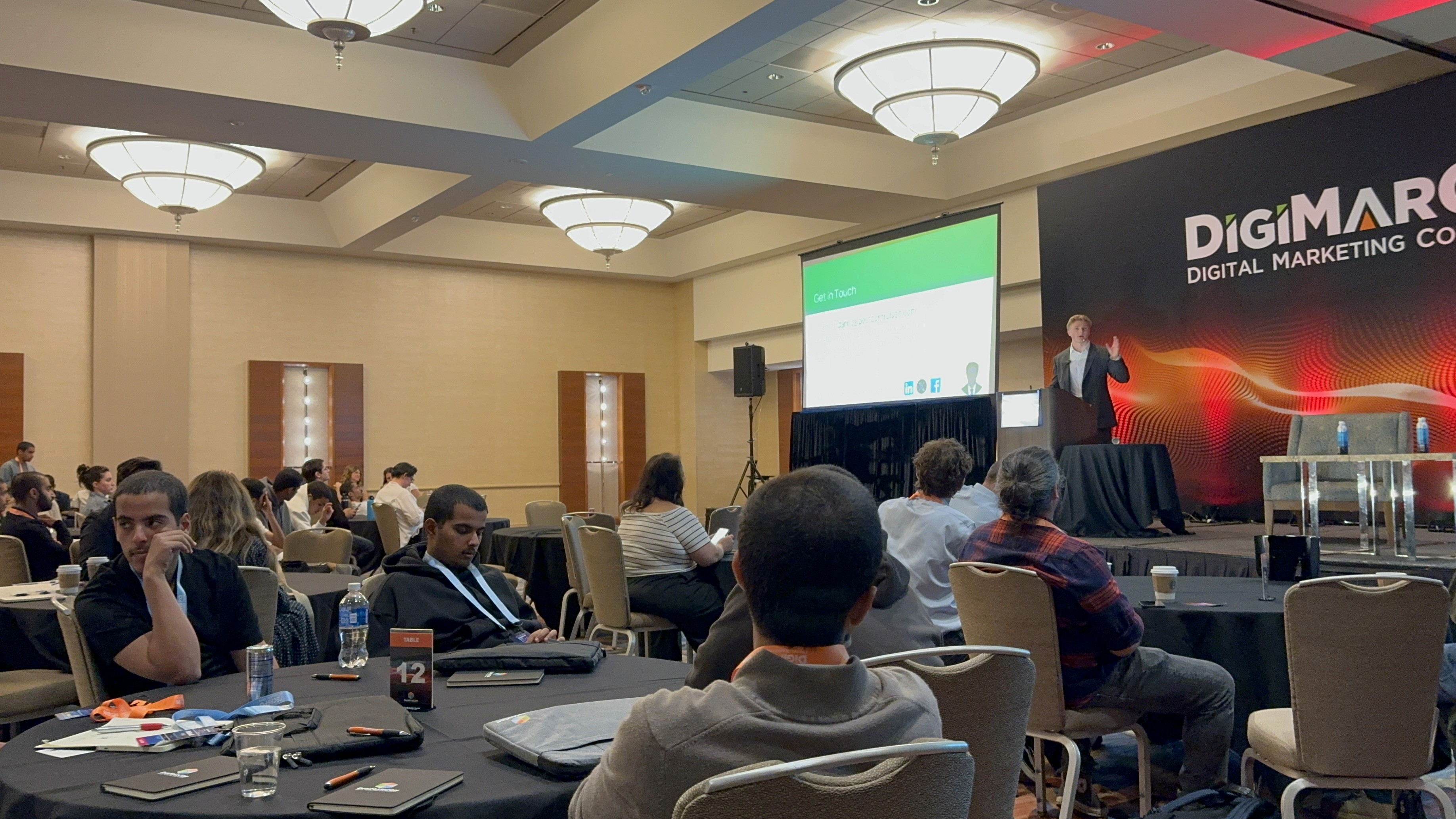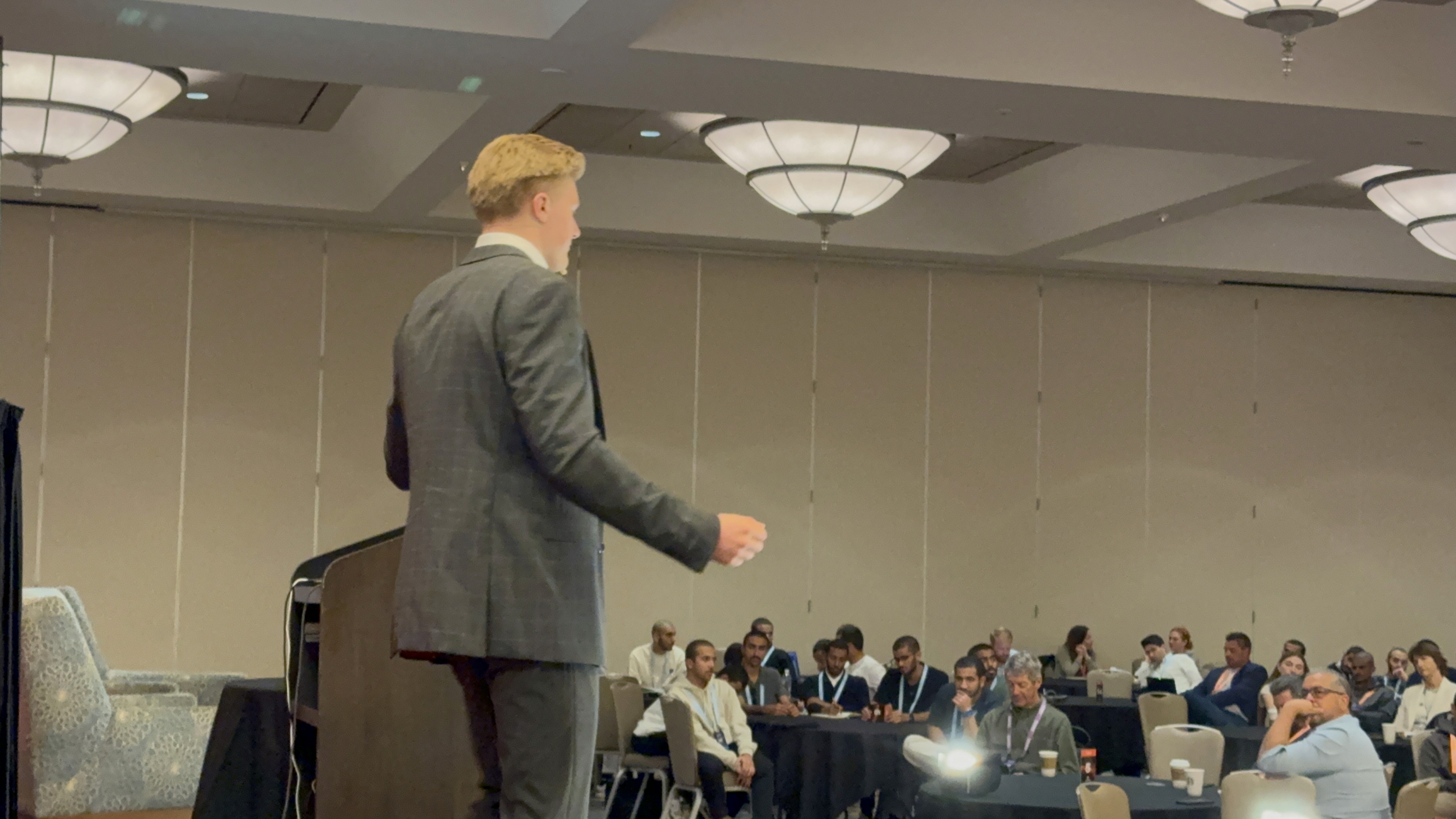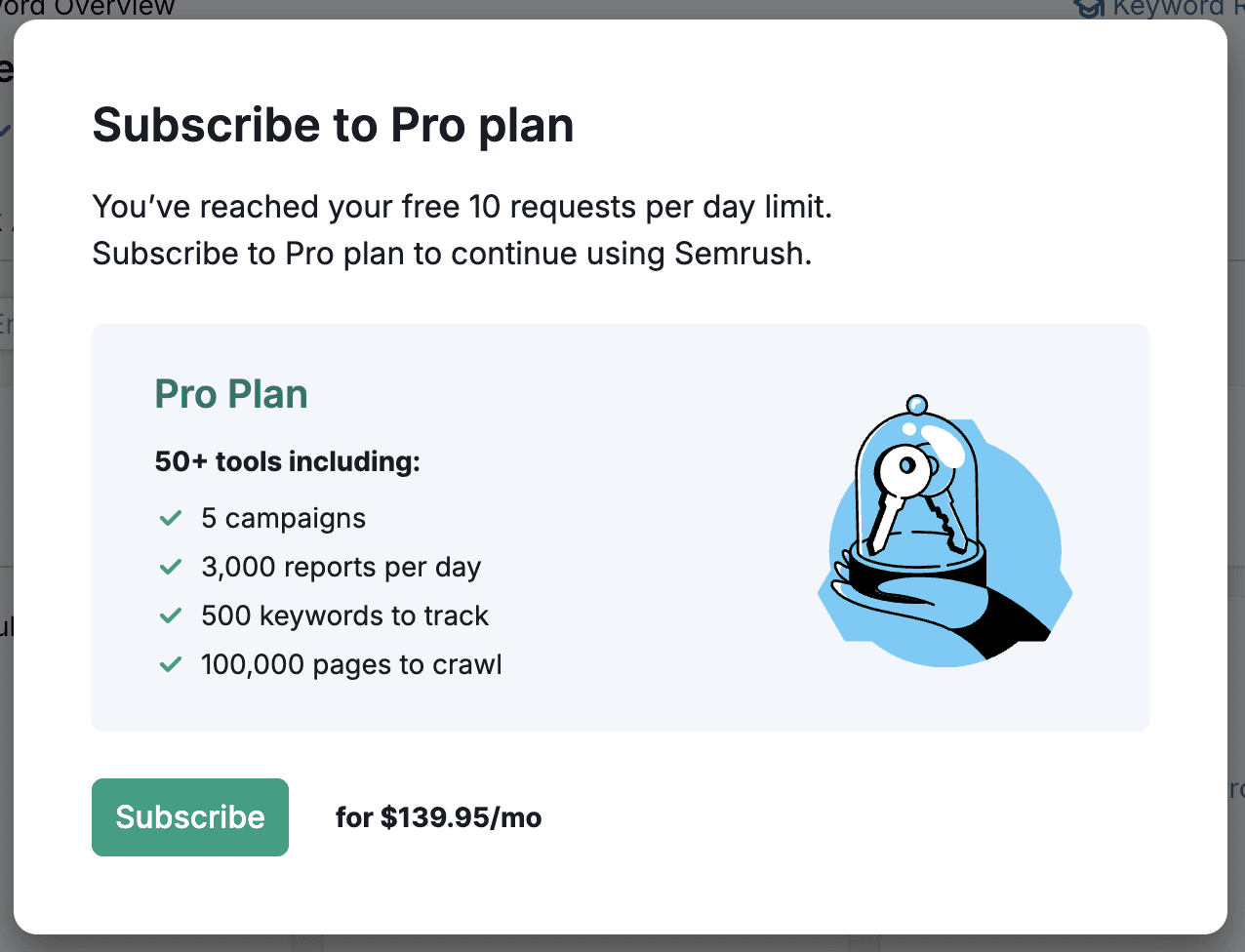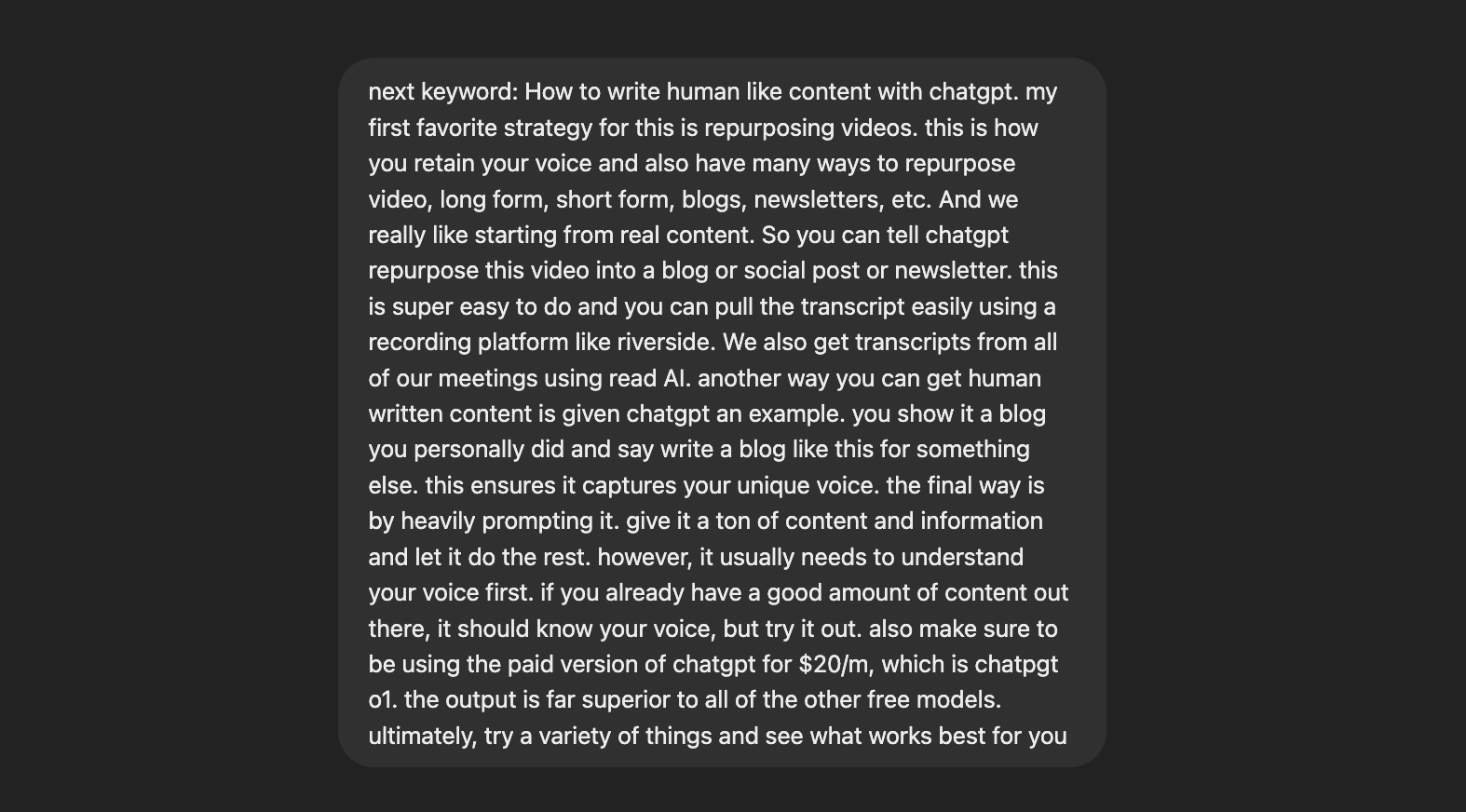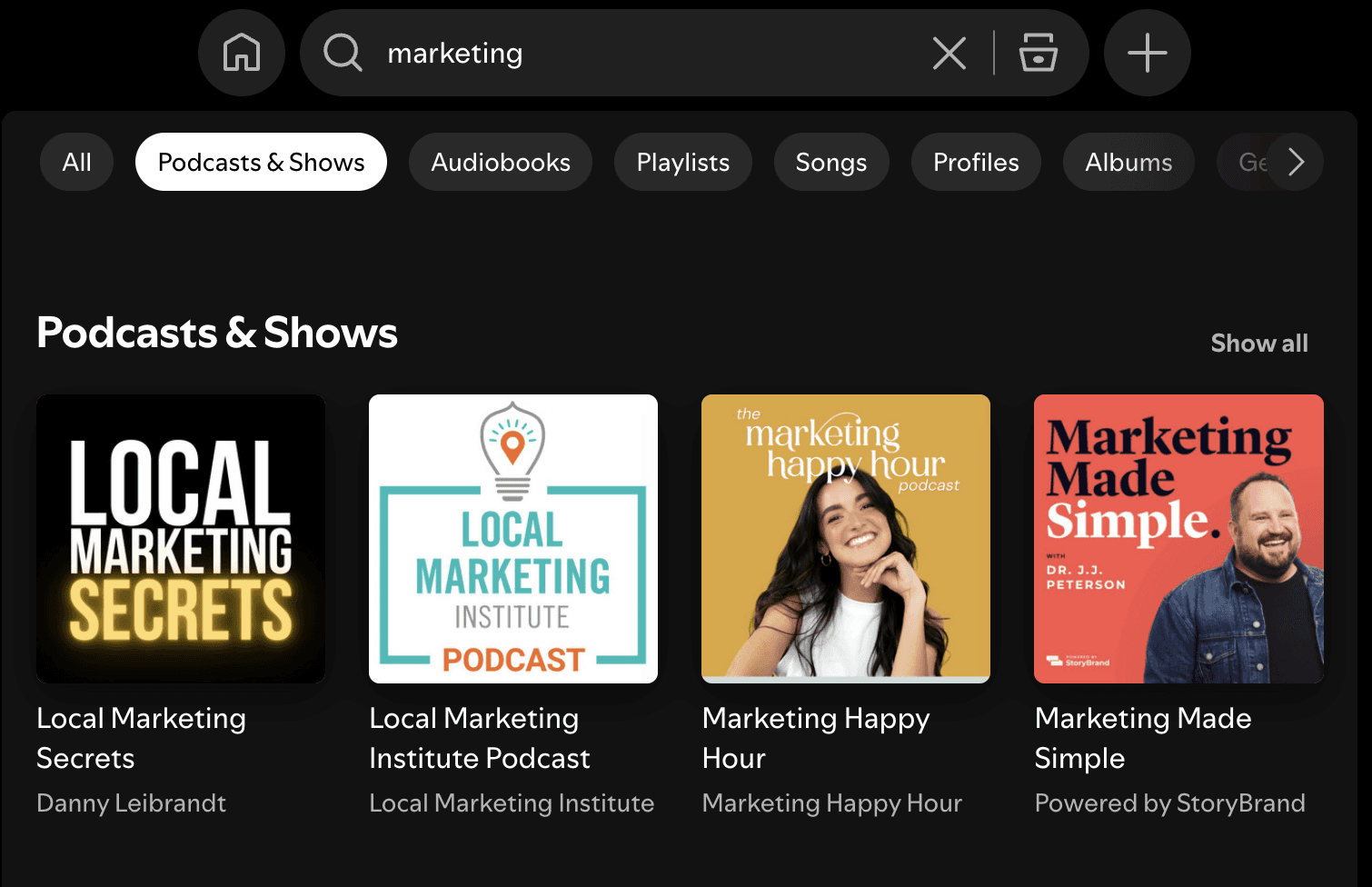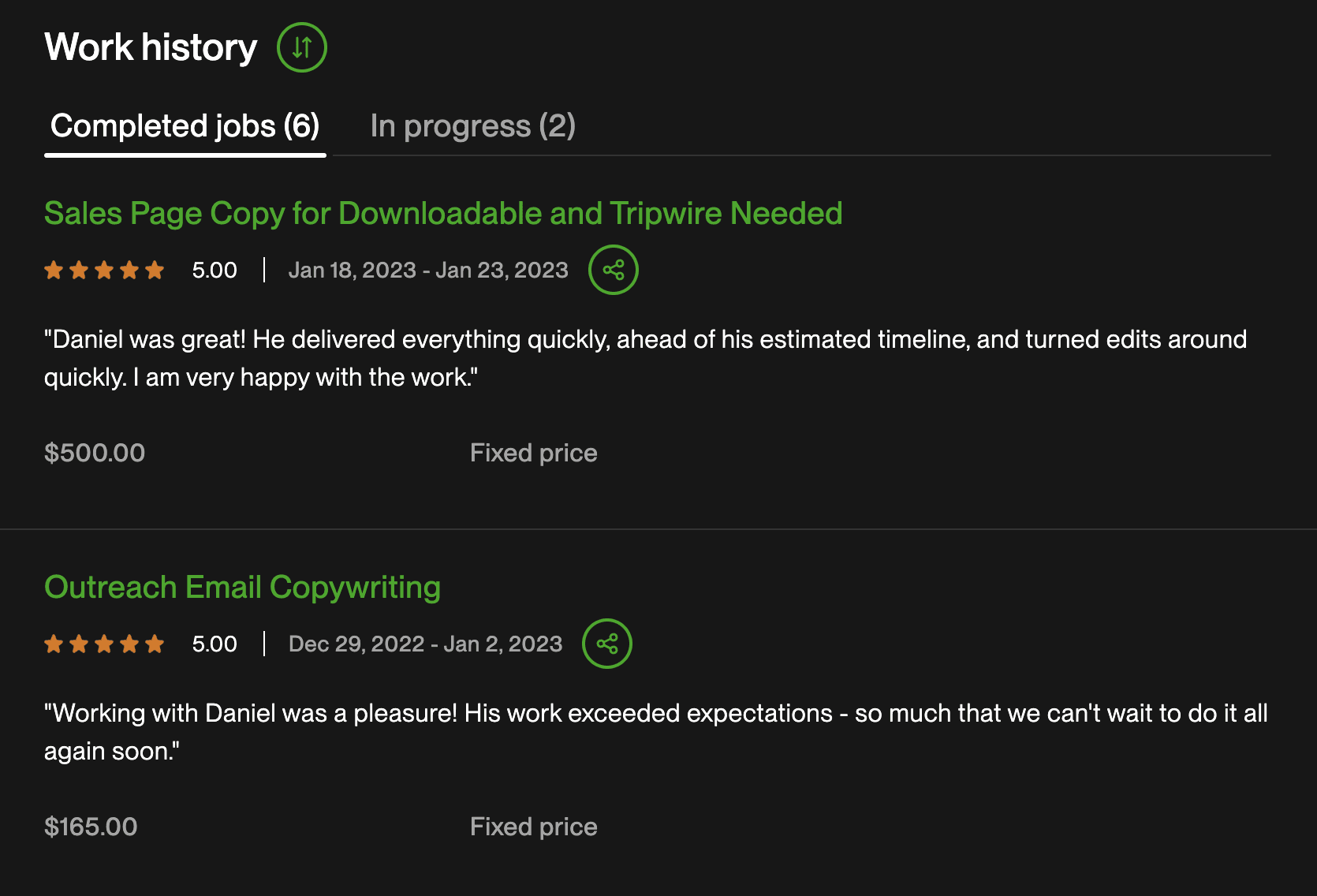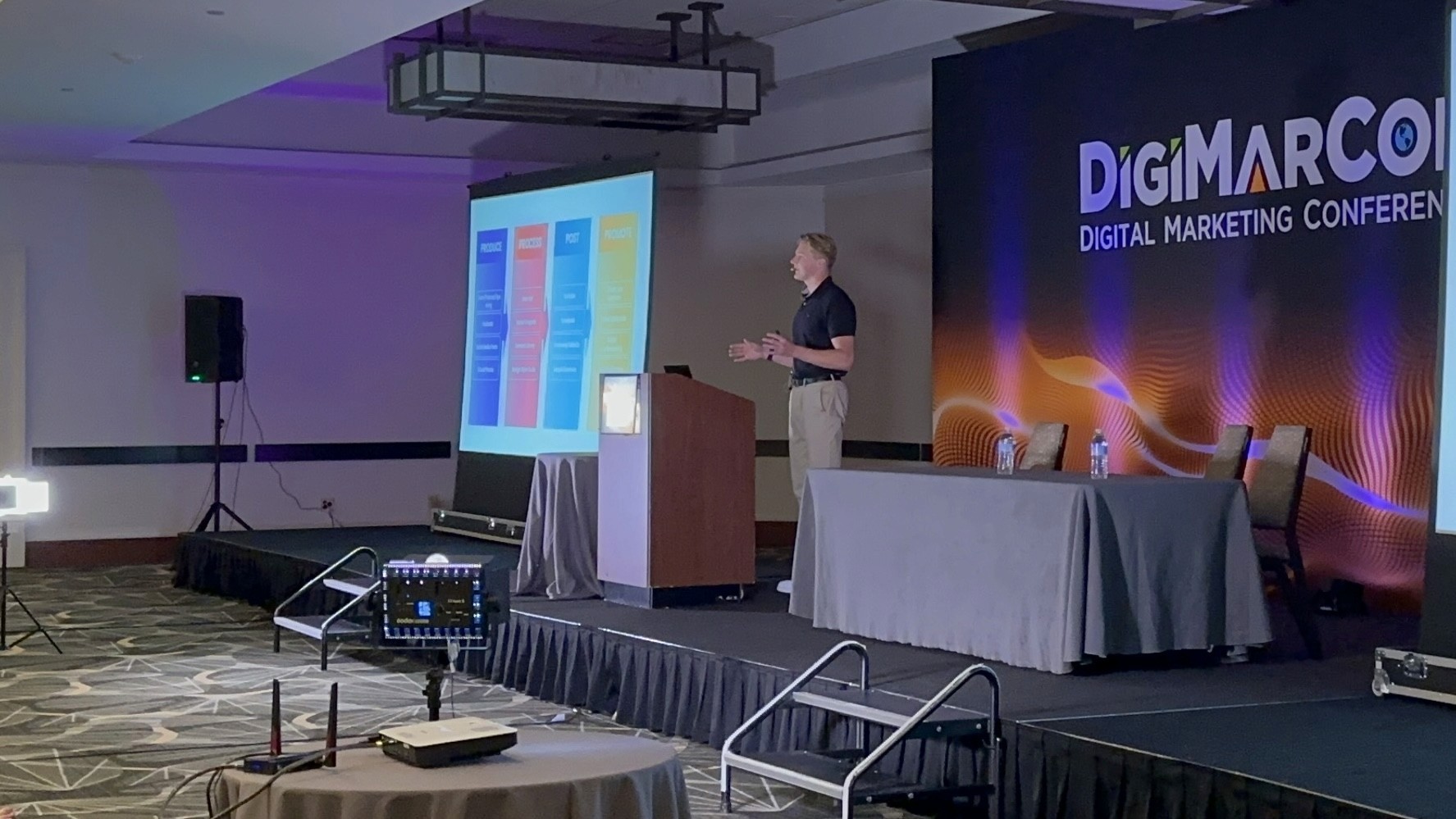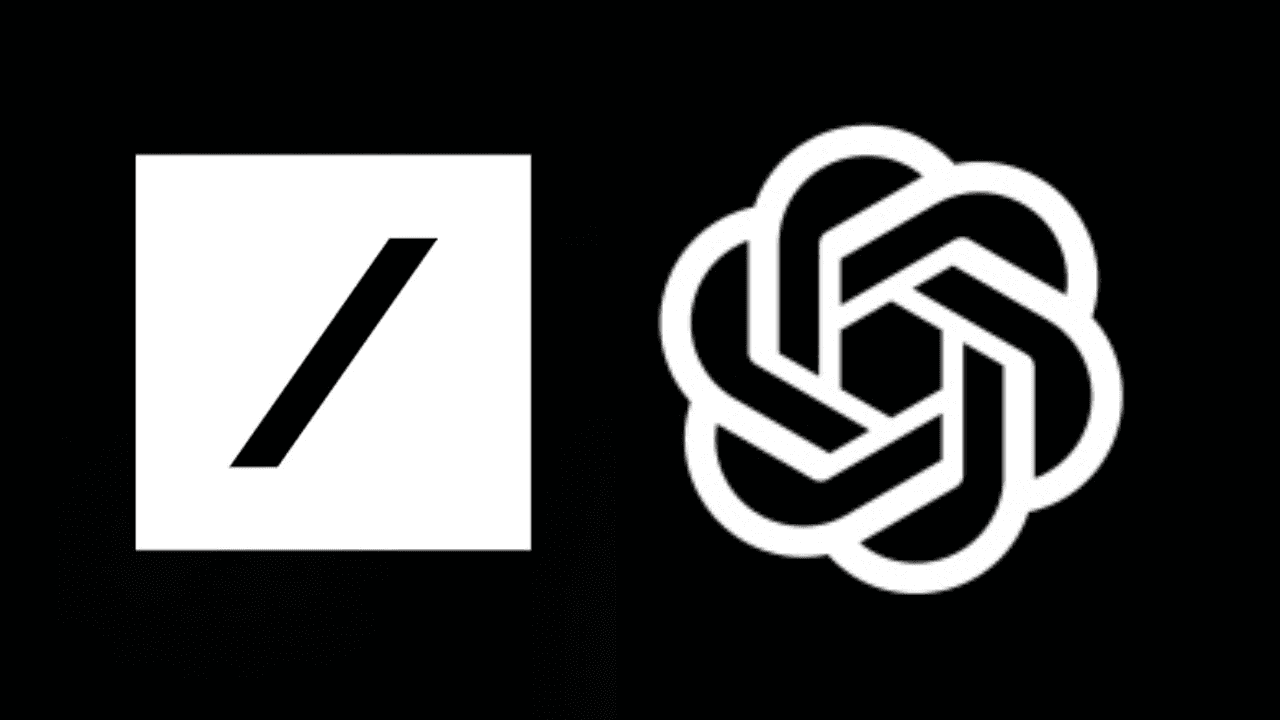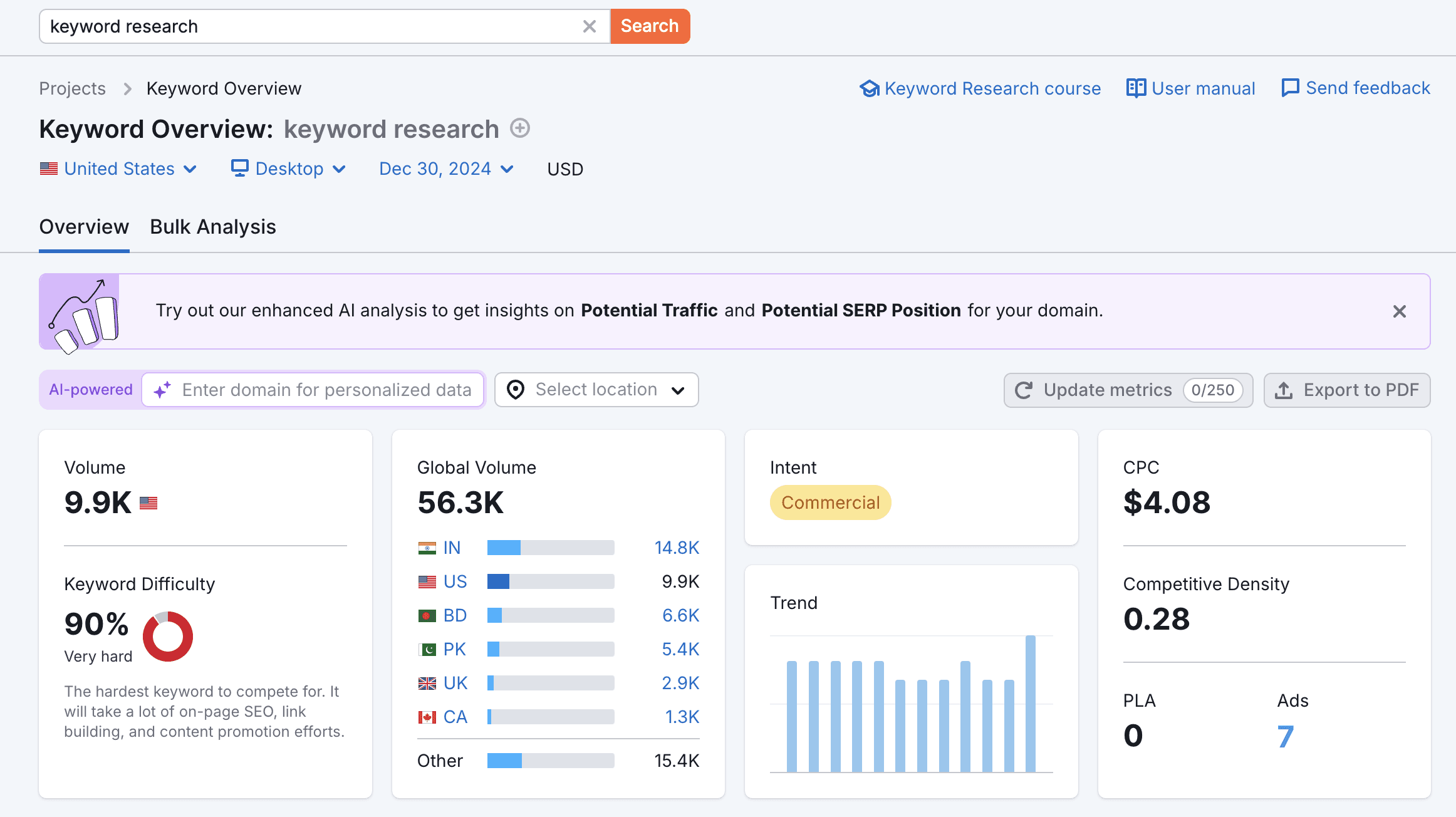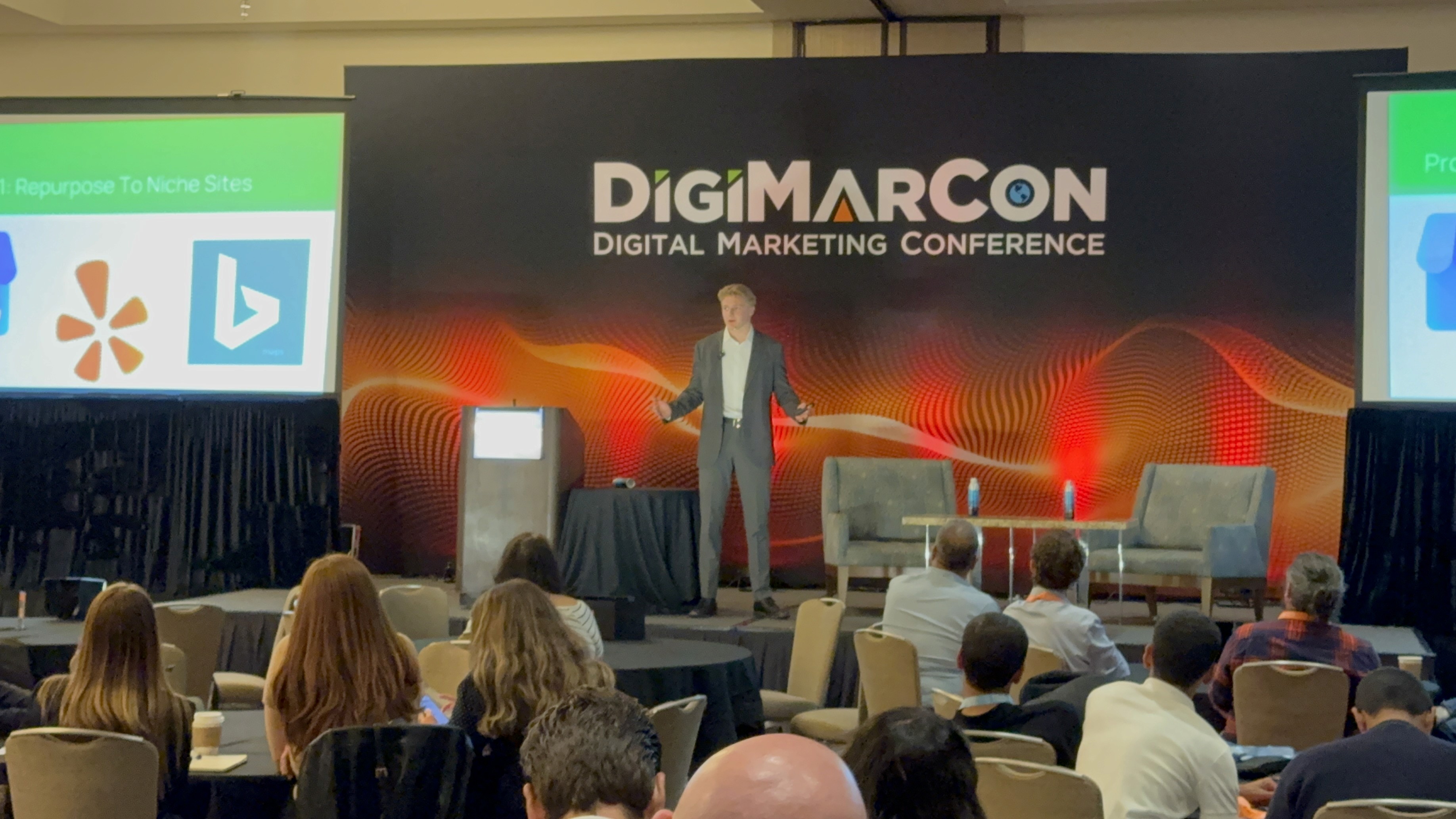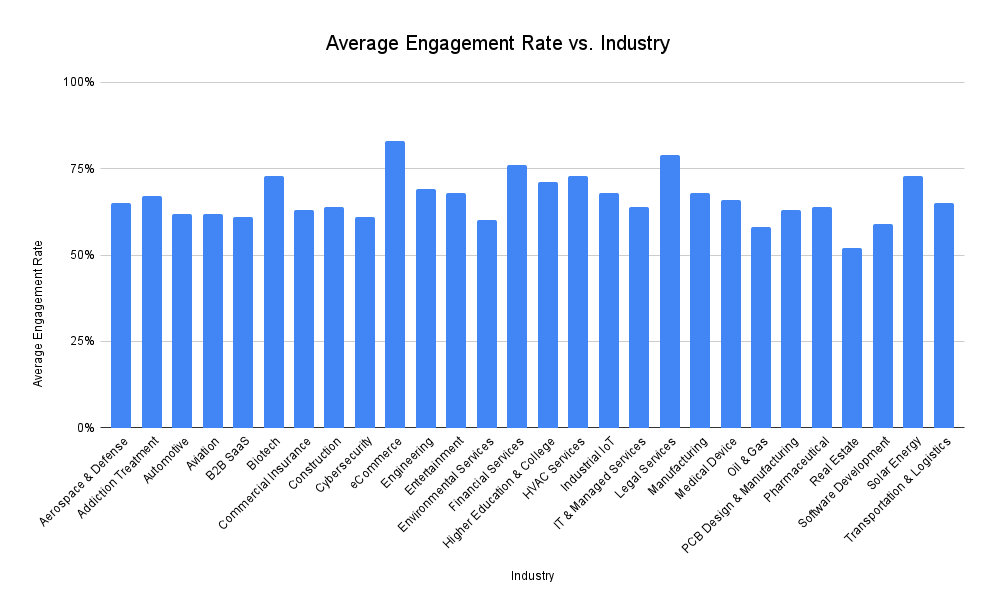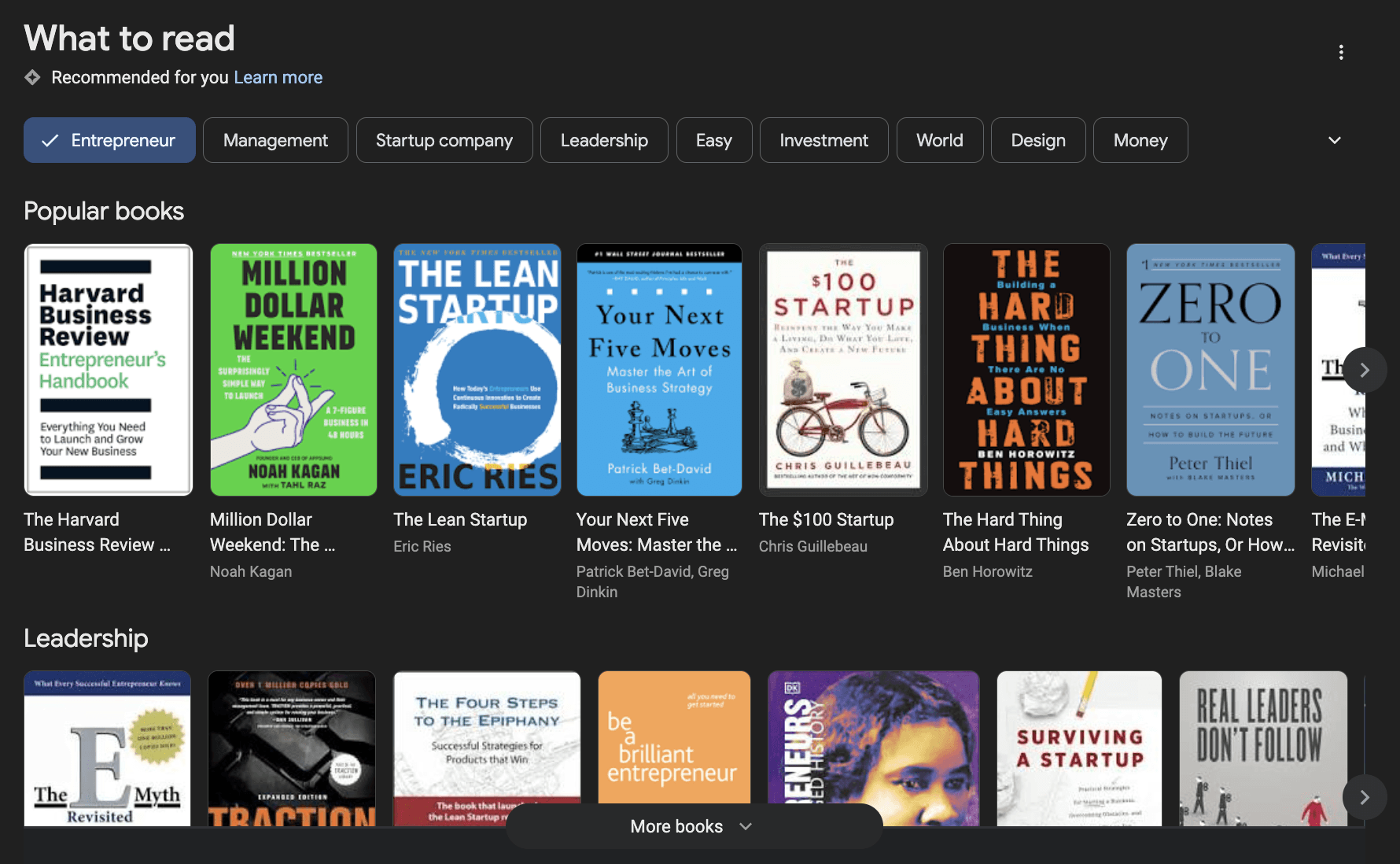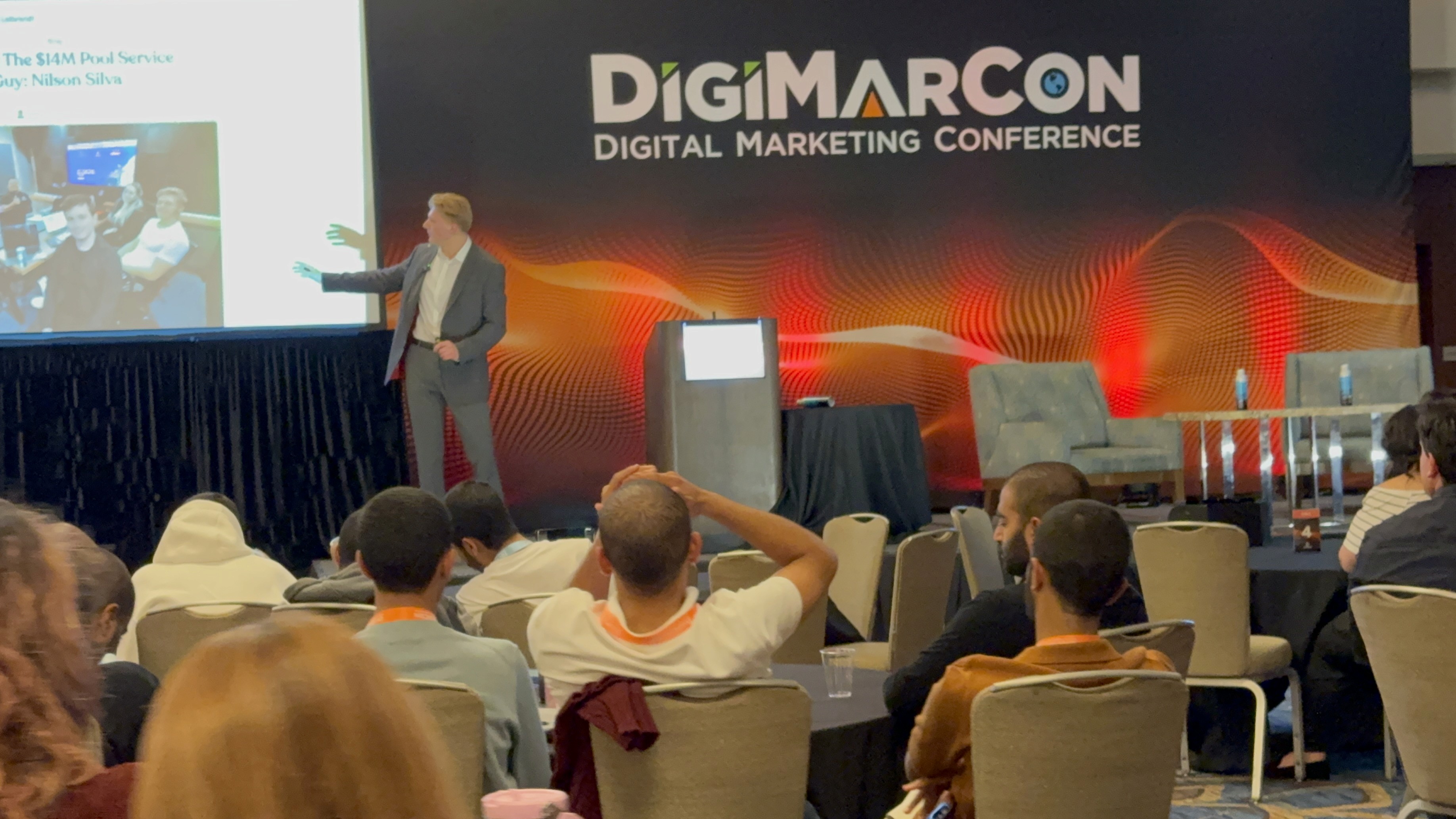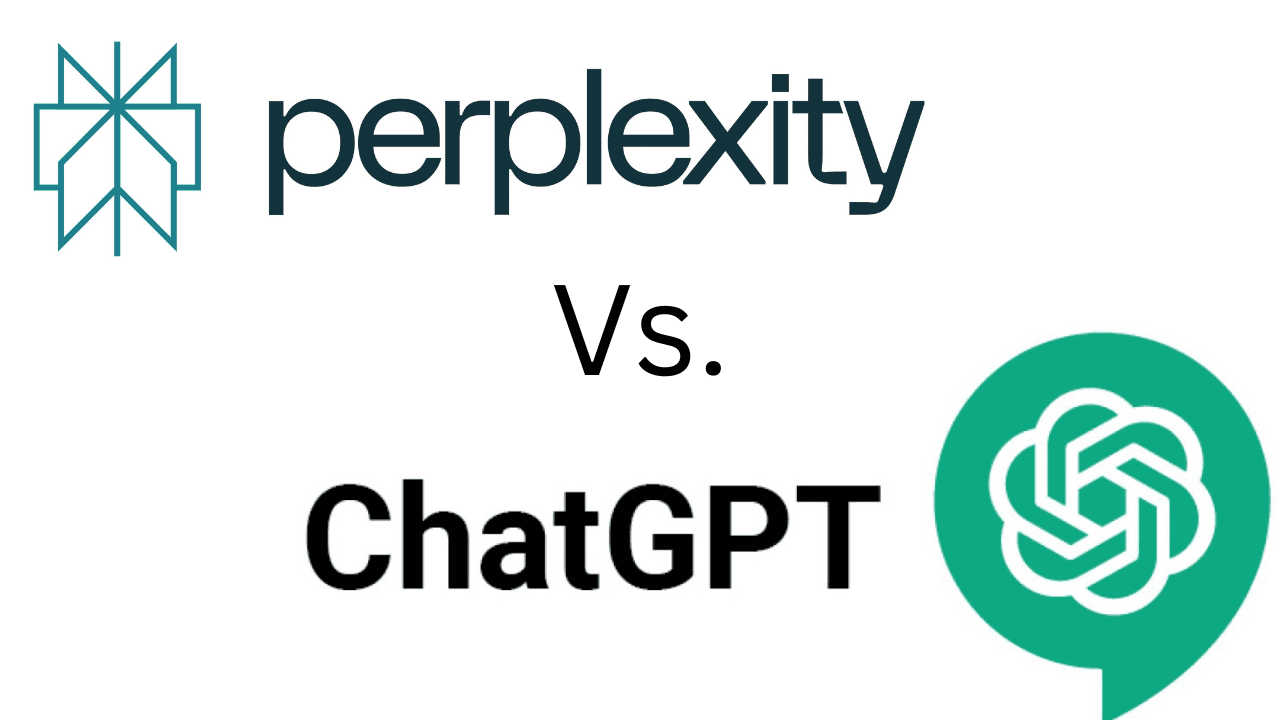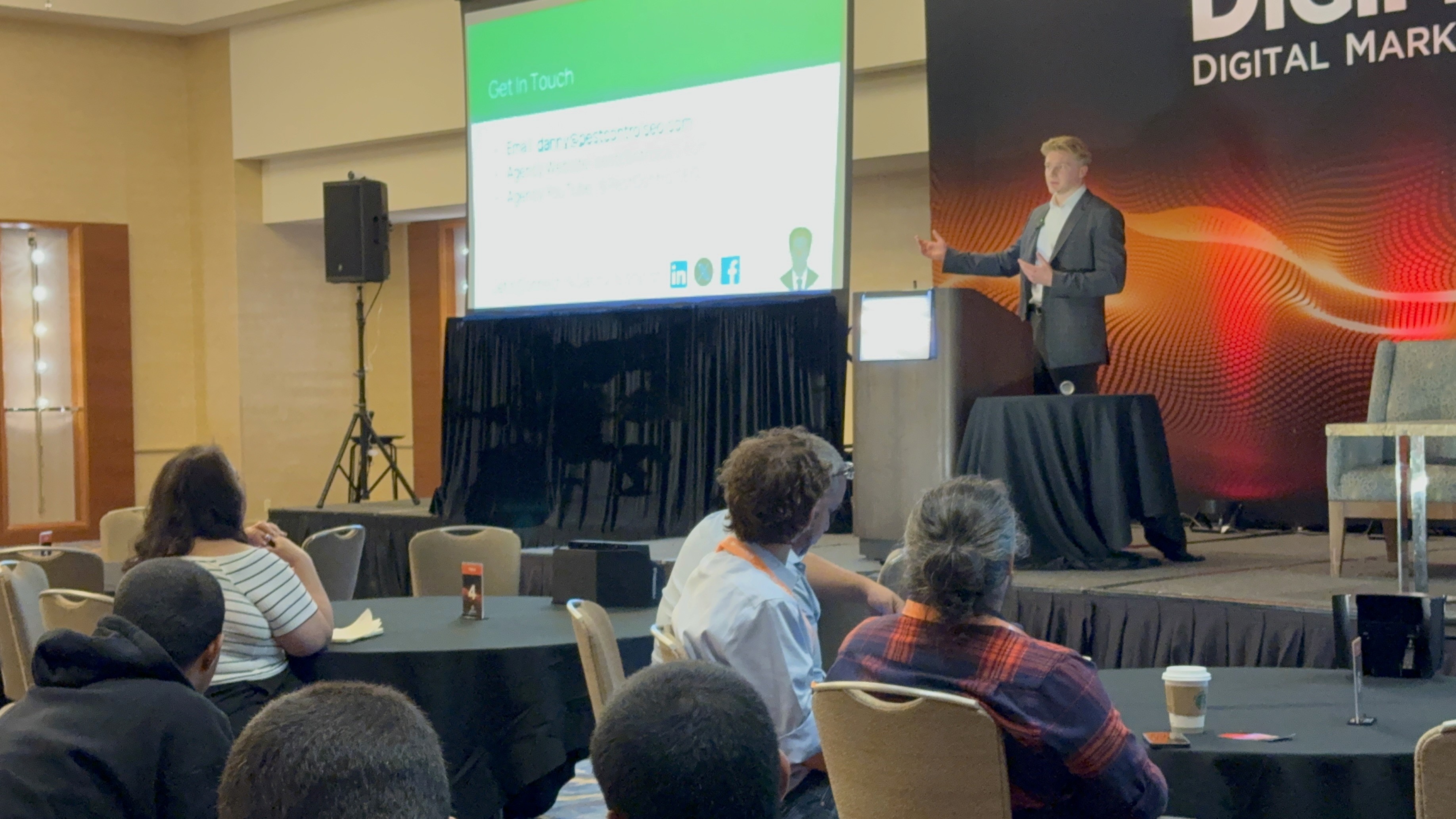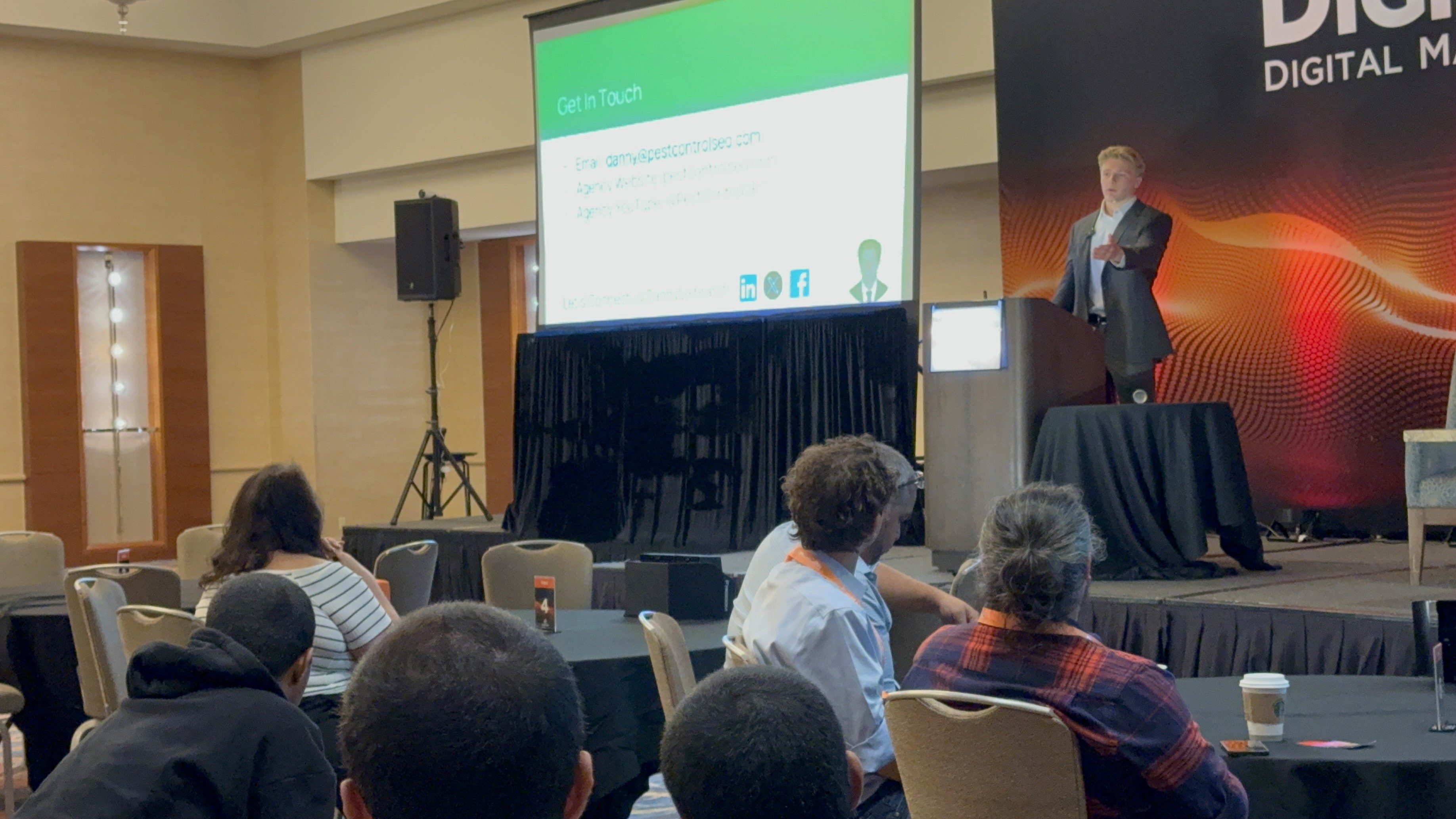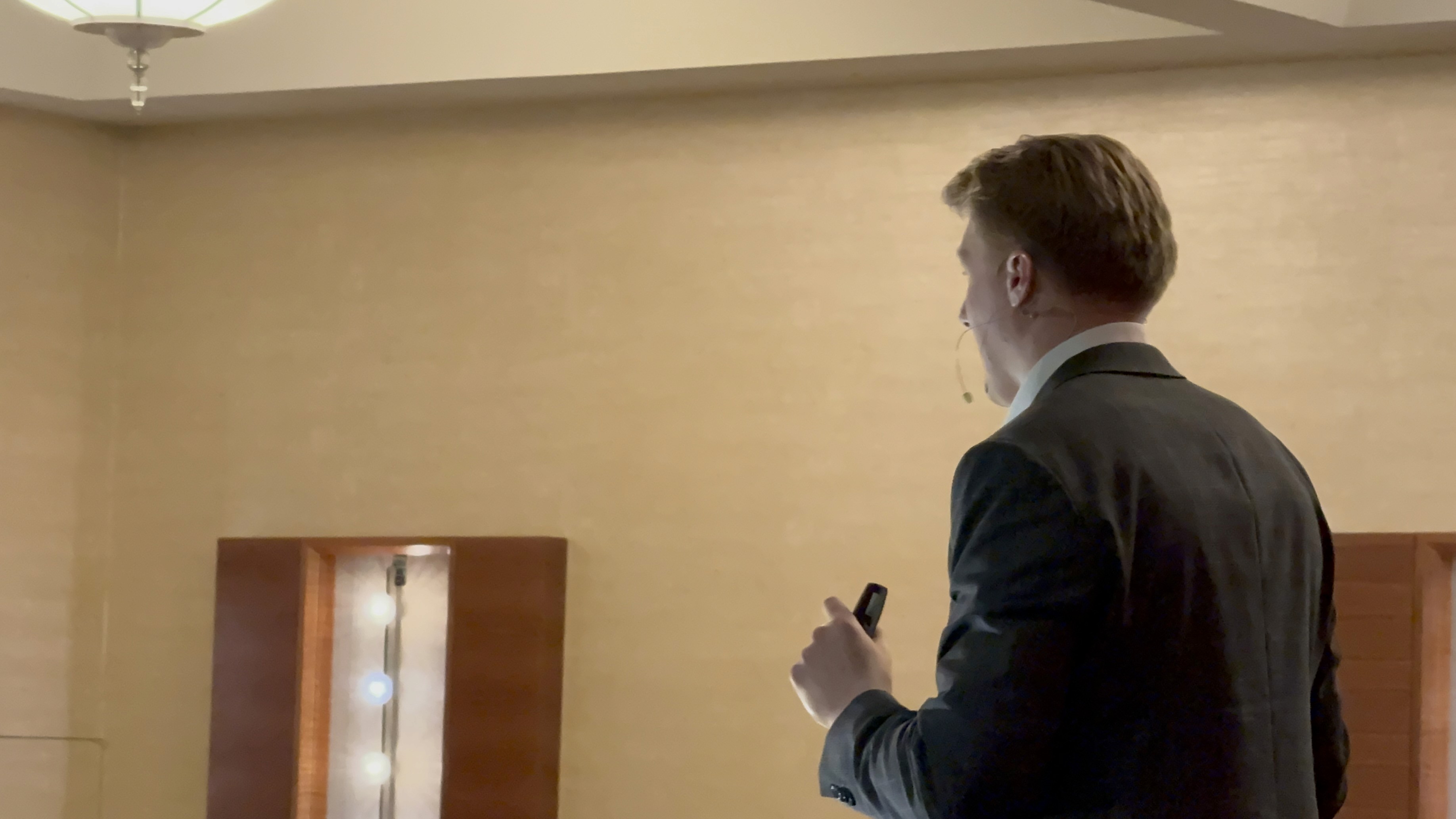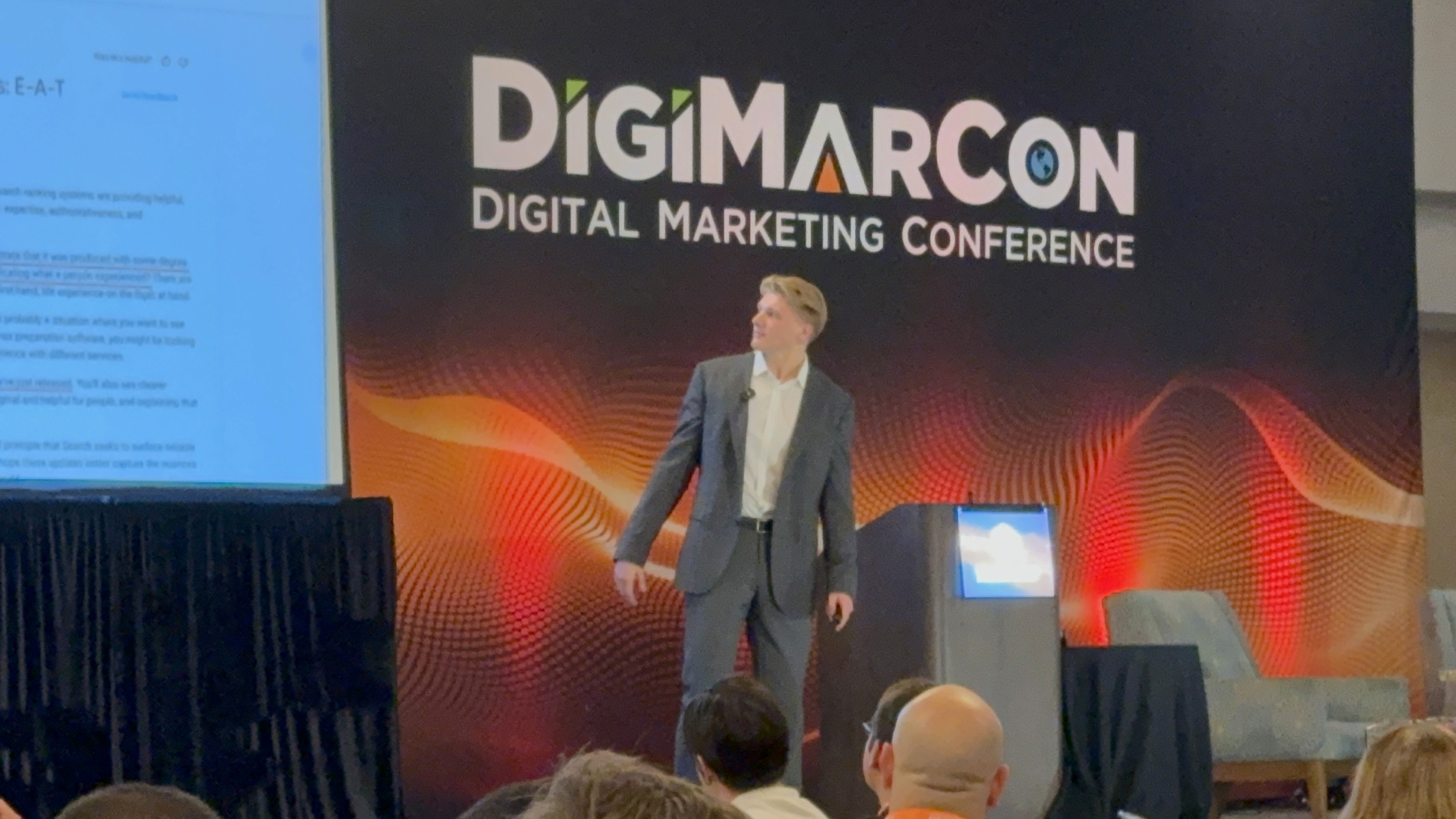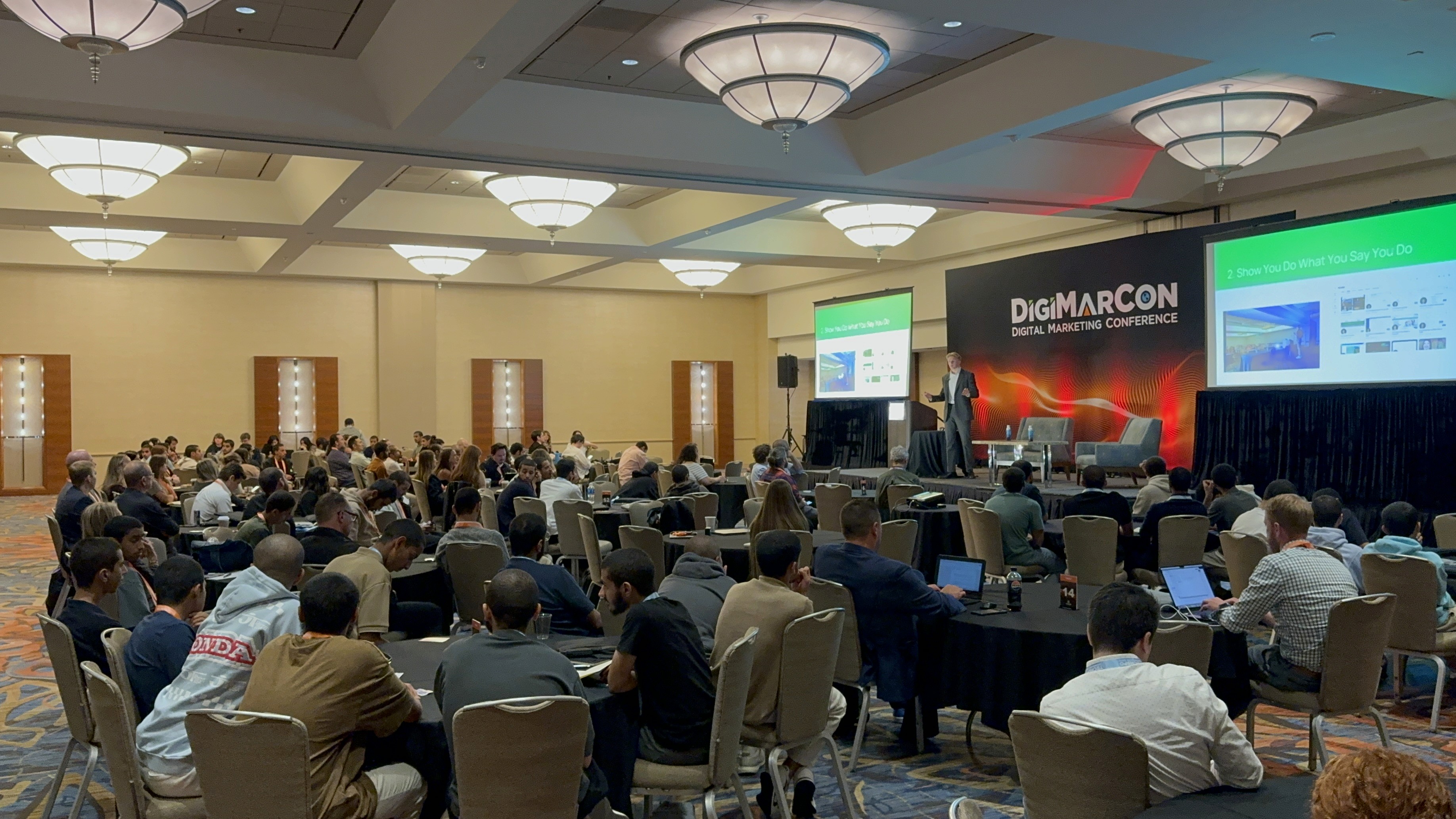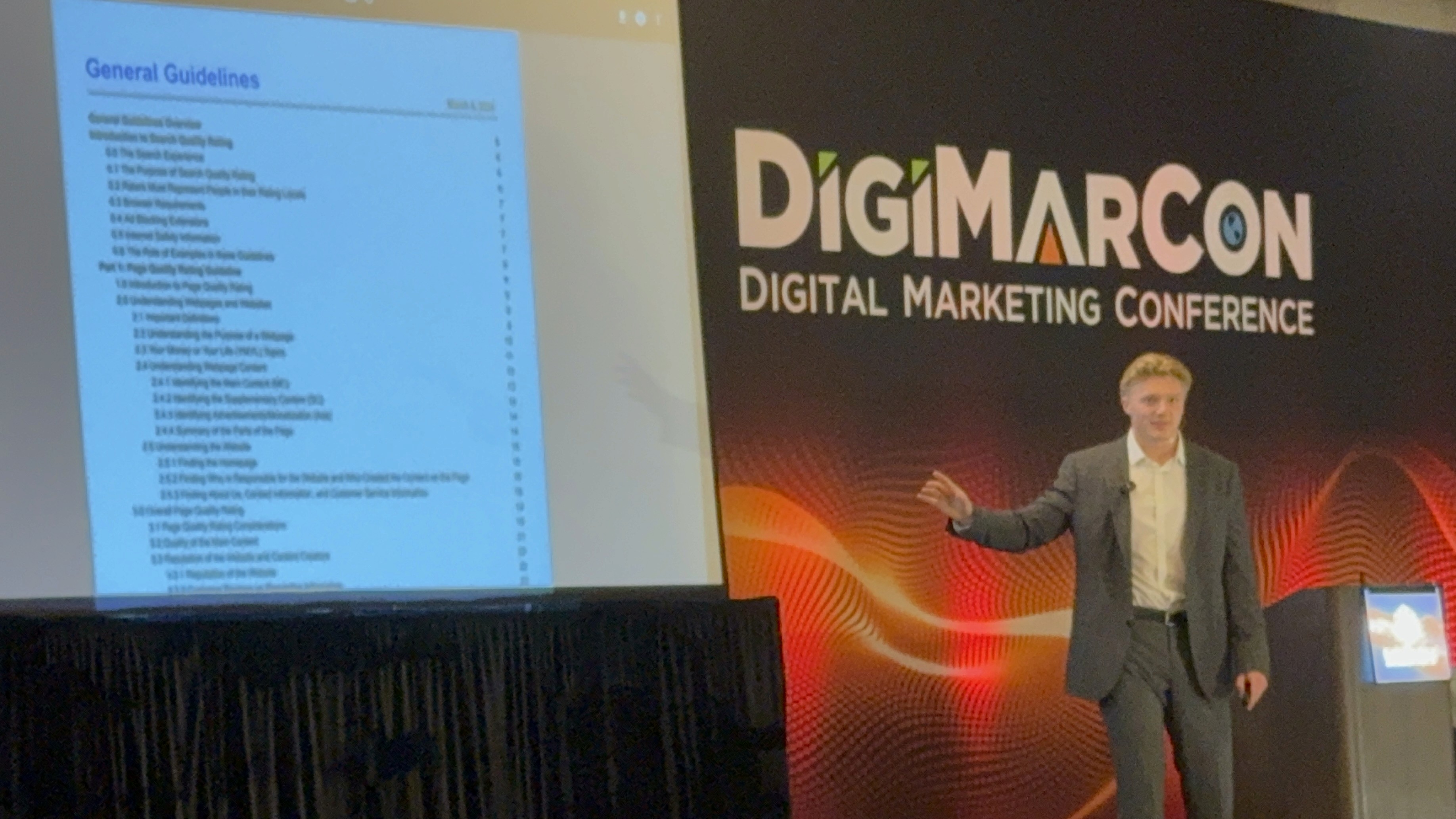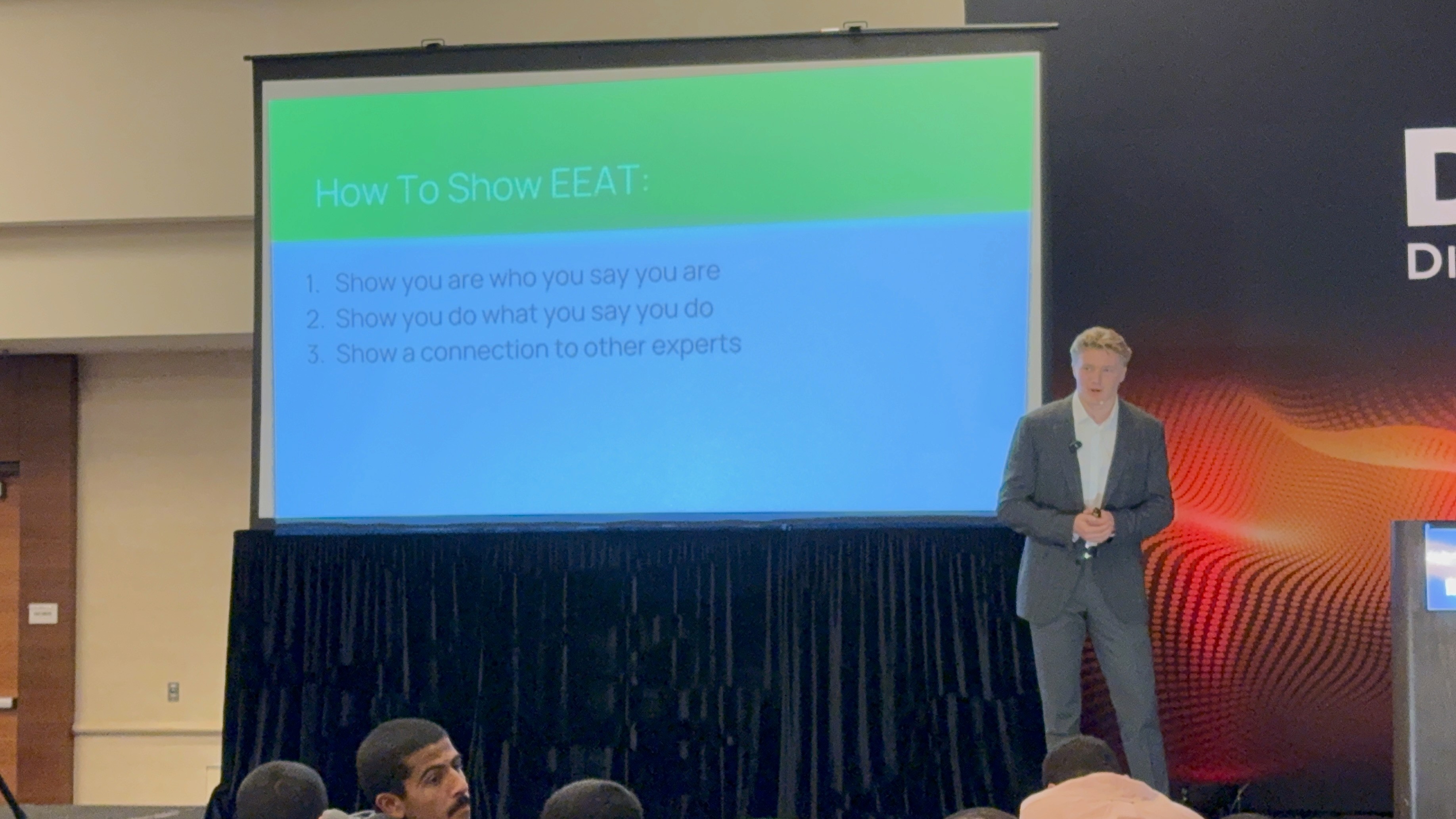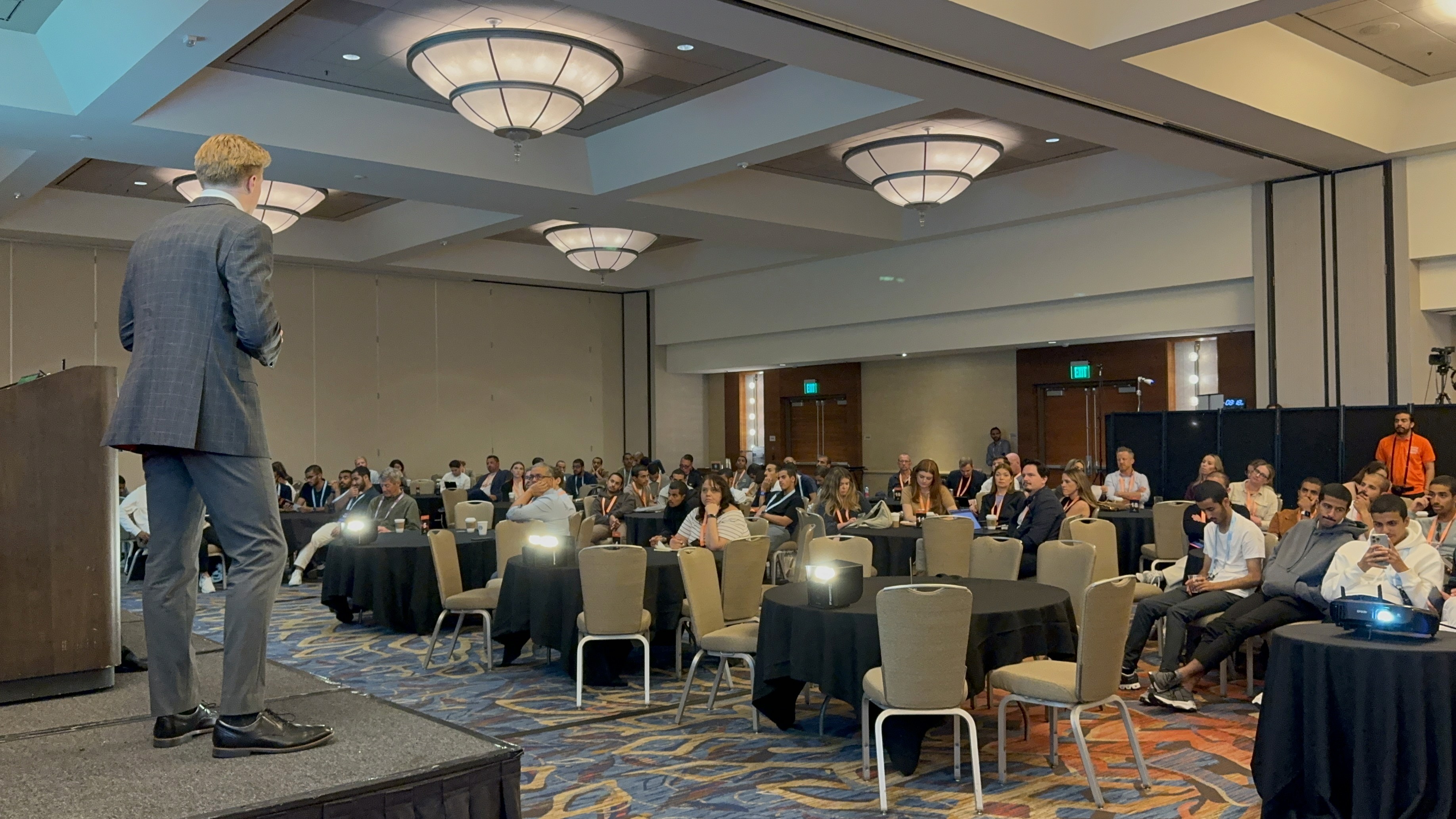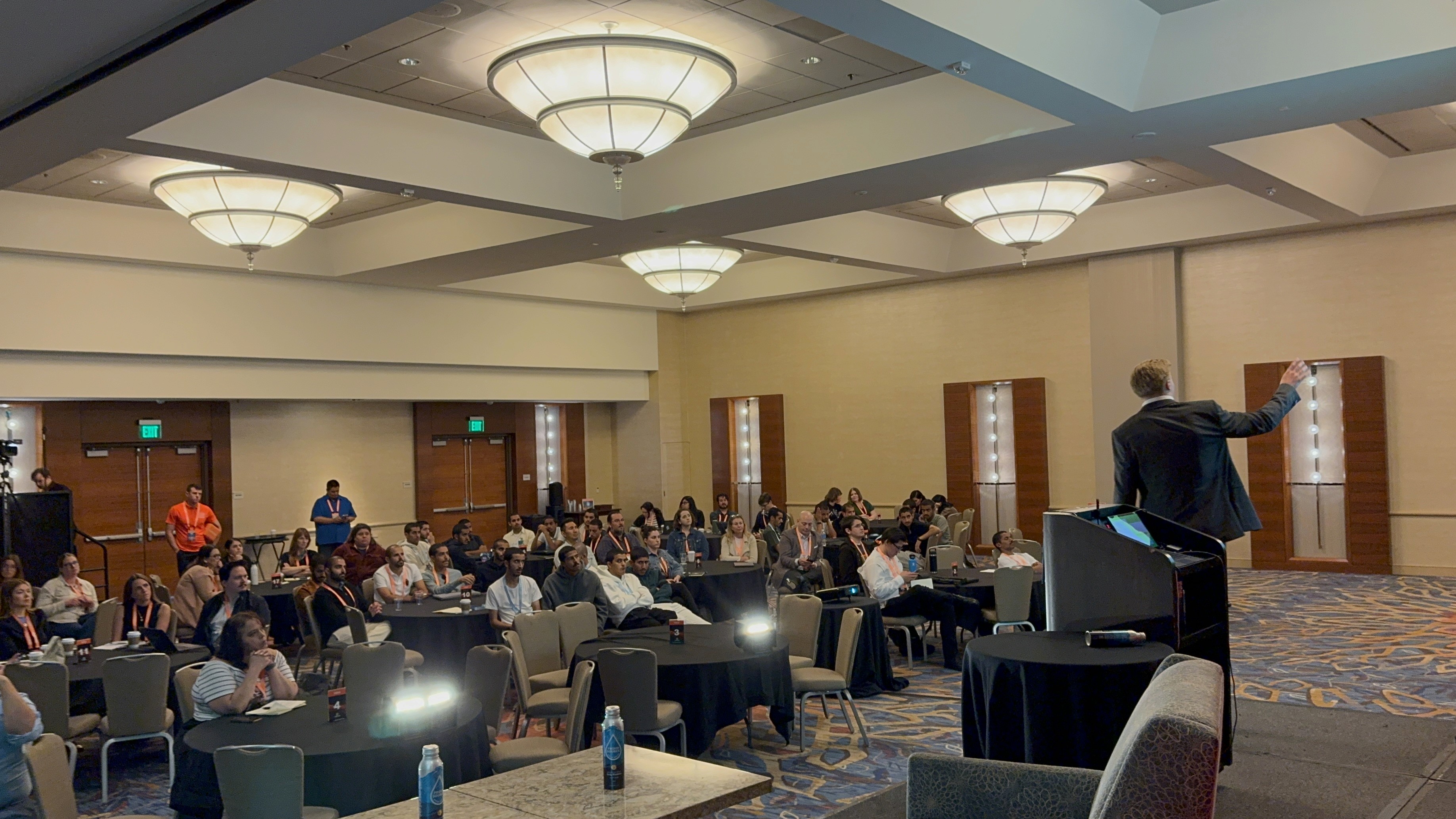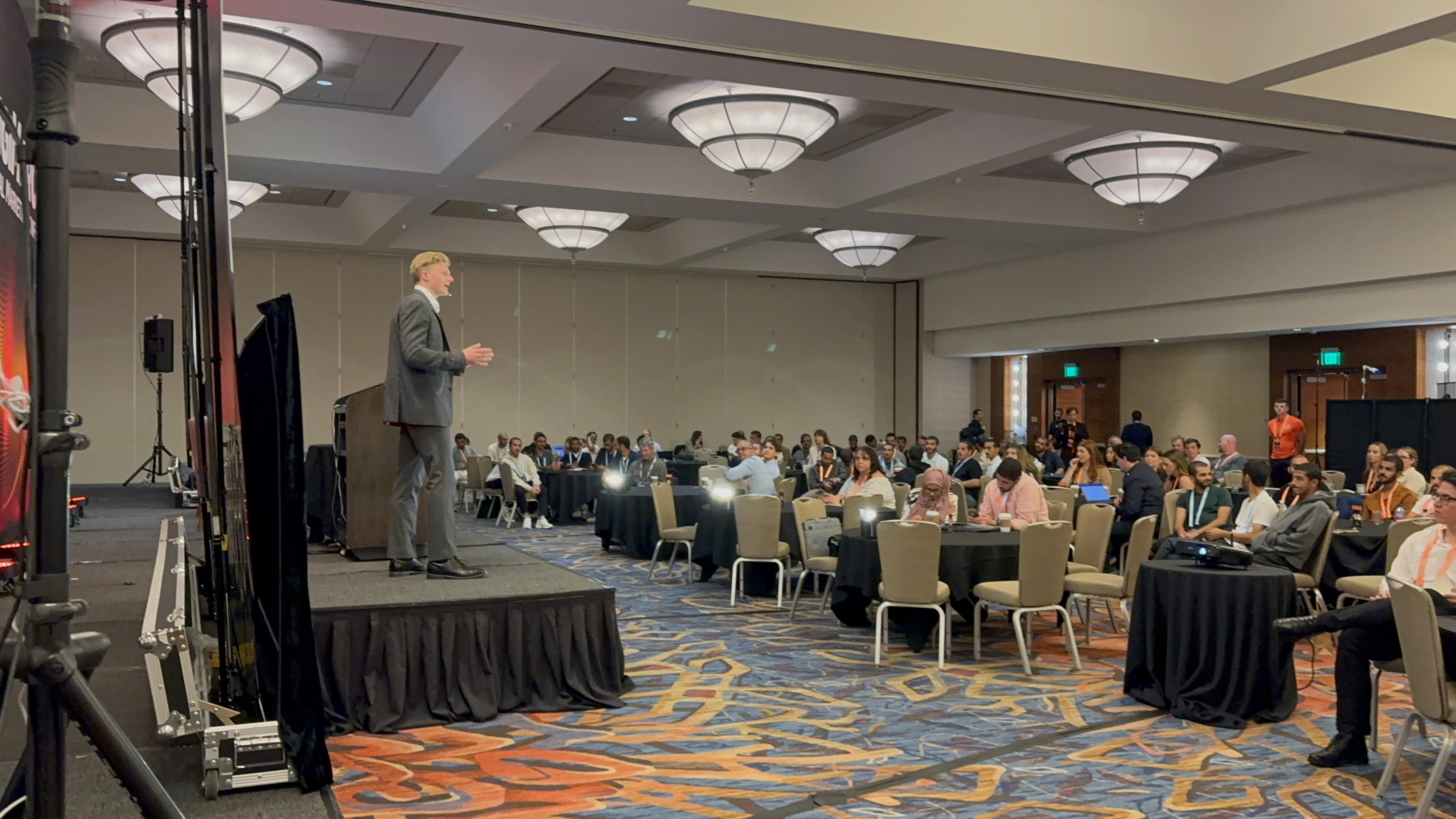Marketing
The Evolution of Marketing: From Traditional to Digital
Jan 16, 2025
Marketing has come a long way from the days of billboards and newspaper ads to the personalized, data-driven strategies we see today. The evolution from traditional to digital marketing reflects not only advancements in technology but also shifts in consumer behavior and expectations. Understanding this journey can help us appreciate how far we’ve come and where marketing is headed.
Here’s a look at how marketing has transformed over the decades and what it means for businesses today.
/ / / / / / / /
1. The Era of Traditional Marketing
Before the digital age, traditional marketing was the primary way businesses reached their audiences. This form of marketing relied on physical and analog channels to connect with consumers.
Key Channels of Traditional Marketing:
Print Advertising: Newspapers, magazines, and direct mail dominated the landscape.
Broadcast Media: Television and radio ads reached mass audiences.
Outdoor Advertising: Billboards and posters captured attention in public spaces.
Event Marketing: In-person events, sponsorships, and trade shows allowed for direct interaction.
Limitations:
High Costs: TV and print ads were expensive to produce and distribute.
Limited Targeting: Messages were broad, often reaching people outside the intended audience.
Difficult to Measure: Tracking the ROI of traditional marketing efforts was challenging.
Pro Tip: While traditional marketing is less dominant today, some methods—like print and event marketing—still play a role in certain industries.
2. The Emergence of Digital Marketing
The internet revolutionized how businesses and consumers interact. Digital marketing opened the door to new channels, making it easier to reach audiences in real time.
Key Milestones in Digital Marketing:
Search Engines (1990s): Google and Yahoo enabled businesses to be discovered online.
Email Marketing (Late 1990s): Email became a cost-effective way to communicate directly with customers.
Social Media (2000s): Platforms like Facebook, Twitter, and Instagram changed the way brands engage with their audience.
Mobile Marketing (2010s): The rise of smartphones brought apps, push notifications, and mobile-optimized websites.
Advantages of Digital Marketing:
Precision Targeting: Use of data and analytics allows marketers to reach specific audiences based on demographics, interests, and behavior.
Cost-Effective: Channels like social media and email marketing are more affordable than traditional methods.
Measurable Results: Tools like Google Analytics provide insights into campaign performance.
Pro Tip: Digital marketing isn’t just about technology—it’s about connecting with people where they spend their time online.
3. Traditional vs. Digital Marketing
While traditional and digital marketing have distinct characteristics, they often work best together in integrated campaigns.
Comparison:

4. Why the Shift to Digital?
The shift from traditional to digital marketing wasn’t just about technology—it was about meeting consumers where they are.
Key Drivers of the Shift:
Consumer Behavior: With people spending more time online, businesses needed to adapt to stay visible.
Accessibility: Digital platforms made marketing more accessible to small businesses.
Data-Driven Decisions: Digital marketing allows for real-time data collection and campaign optimization.
Pro Tip: Businesses that embrace digital marketing strategies are better equipped to compete in today’s fast-paced environment.
5. The Future of Marketing
As marketing continues to evolve, the lines between traditional and digital are blurring. Emerging technologies like artificial intelligence (AI), augmented reality (AR), and voice search are shaping the future of marketing.
Trends to Watch:
Personalization: AI-driven insights will make marketing more tailored to individual preferences.
Omnichannel Strategies: Seamless integration across digital and traditional channels will become the norm.
Interactive Content: Formats like quizzes, polls, and AR experiences will engage users in new ways.
Pro Tip: Stay ahead by keeping up with industry trends and experimenting with innovative marketing techniques.
6. Lessons from My Journey
When I started my marketing journey, I learned the value of combining traditional and digital methods. For example, while social media helped grow my following and attract clients, I also recognized the power of face-to-face connections at events and networking opportunities.
Digital marketing has given me the flexibility to build my personal brand and connect with audiences around the world. And just like the evolution of marketing, my strategies continue to adapt with time. The future of digital marketing will look much different than it does today, I guarantee you that.
Final Thoughts
The evolution of marketing from traditional to digital reflects the need for businesses to adapt to changing consumer behaviors. Whether you’re running a small business or a global brand, embracing both traditional and digital marketing methods can help you reach your audience effectively.
Remember, marketing is about connection. By understanding where your audience is and how they prefer to interact, you can create meaningful campaigns that drive results.
Latest
More Blogs By Danny Leibrandt
Get the latest insights on business, digital marketing, and entrepreneurship from Danny Leibrandt.

